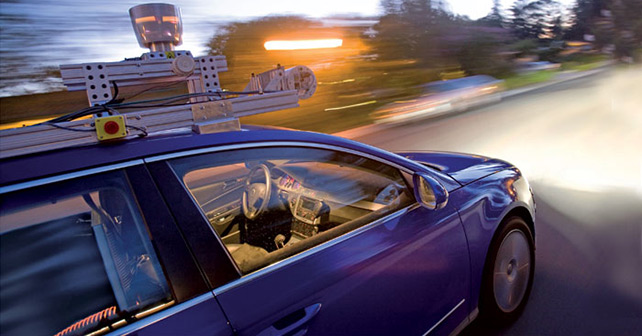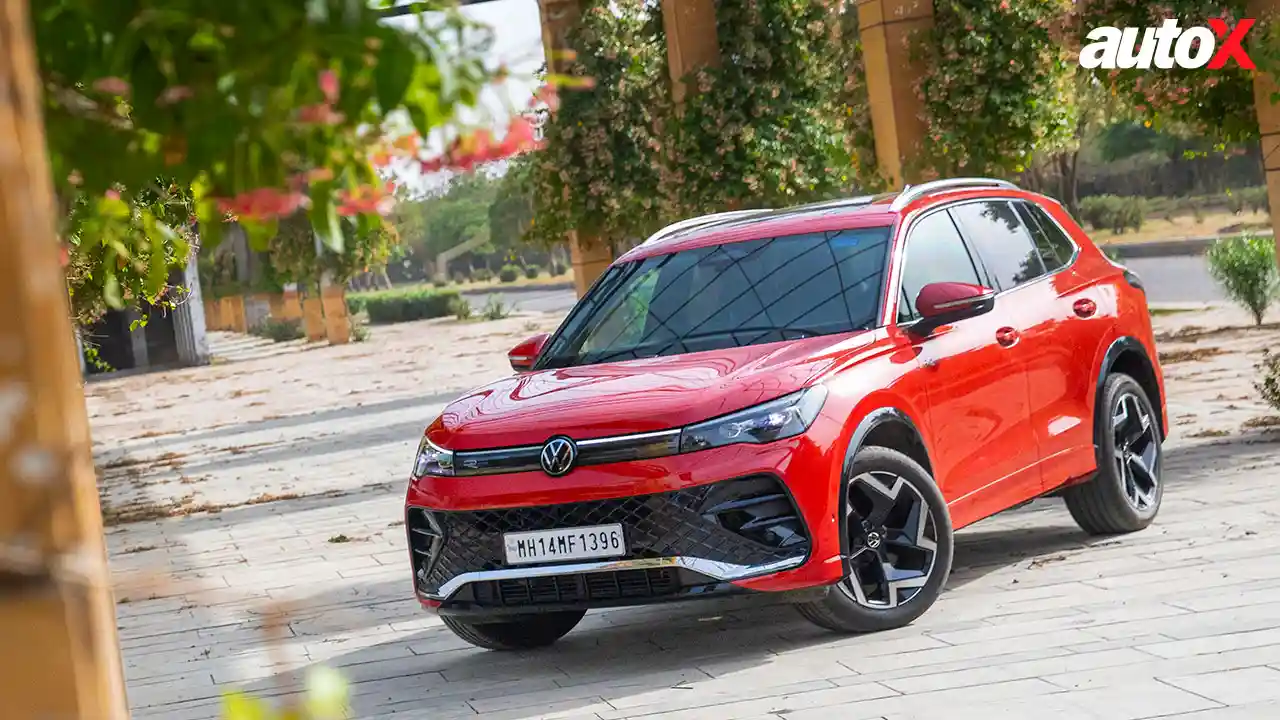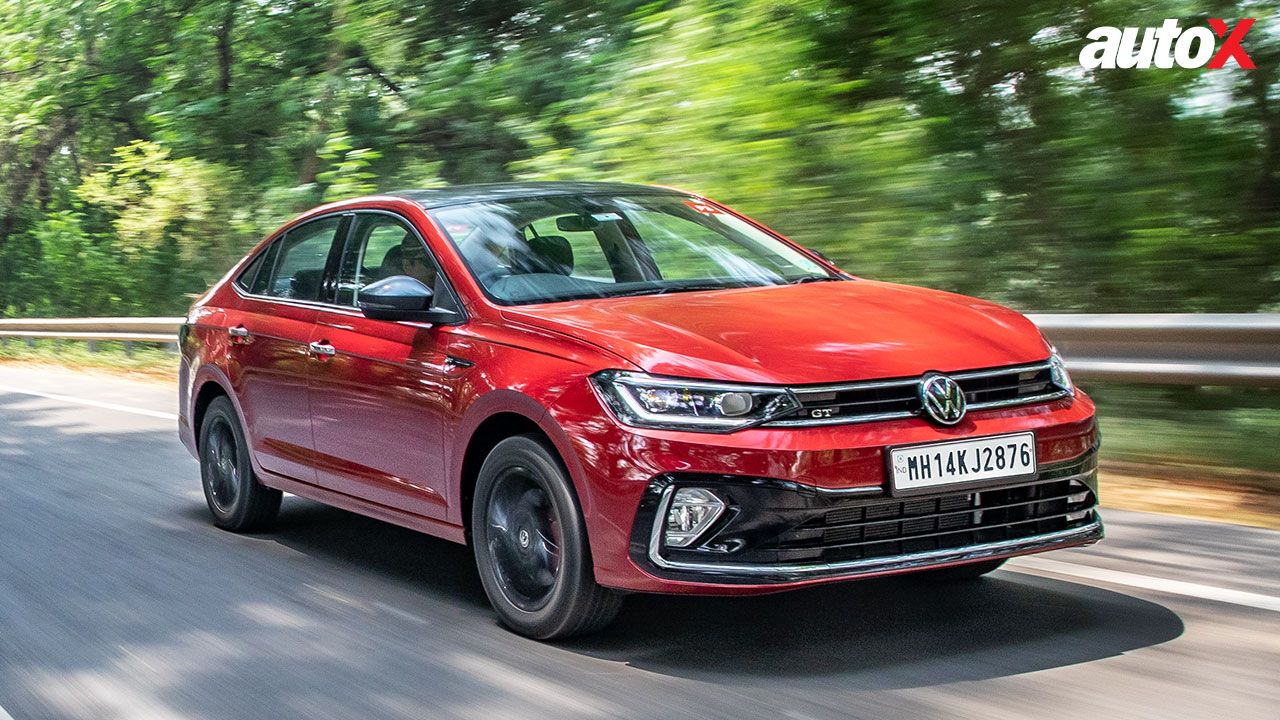Autonomous Cars: Heading Towards The Future?
This month, we look at a rapidly developing technology, which promises to make our daily commute a hassle-free affair – self-driving or autonomous
By Team autoX

This month, we look at a rapidly developing technology, which promises to make our daily commute a hassle-free affair – self-driving or autonomous cars.
In today’s ever worsening traffic scenario, and the resulting traffic jams, driving is no longer the enjoyable or exciting activity that it once was. Today, finding an empty piece of road is becoming close to impossible – such is the rush of new vehicles on the roads of the world. And nowhere is this more evident than our increasingly congested commutes during peak traffic hours – where, given the general pace of movement, calling it ‘traveling’ is perhaps an insult to the word ‘travel.’ Needless to say, this leads to frustration and a lot of time is wasted for everyone who has to endure this wasteful activity. What, then, is the solution? Perhaps, the answer could lie in one of the technologies under development currently, which focuses on how to make self-driving cars – or to give them their correct nomenclature, autonomous cars – a reality.
No, this is not Minority Report inspired fiction. This is, in fact, the future of driving – and is currently under development by multiple organisations. In the last few years, multiple companies have been extensively working on making autonomous cars a reality – amongst them the most notable are BMW, Mercedes, Google, which has independently been working on its driverless cars, while Stanford University has also been at the forefront of the development of this technology in association with Audi, Volkswagen’s Electronic Research Lab, and Sun Microsystems.
The basic premise behind driverless technology is divided in two aspects. One, an array of sensors, cameras and other guidance equipment is utilized to enable computers to scan the area around the vehicle and adapt or react accordingly. The second aspect is the computers and processing power needed to process all this information on the fly and make sure that the vehicle drives itself in a safe manner.
A combination of radar, LIDAR (Laser Imaging Detection and Ranging), cameras, GPS systems, and computer vision, enable the computers driving the car to study the road for appropriate navigation paths, obstacles, warning signs, and weather conditions. This information is processed within the hardware controlling the car and appropriate action is taken based on the conditions. So, if the forward facing radar detects that the car ahead of the autonomous machine is slowing down, the computer automatically operates the brakes to maintain a safe distance from the vehicle ahead. Similarly, it works the steering for required inputs, acceleration and navigation, and this eliminates the need for a human driver to be present in the car.
So, in future, it could be absolutely possible to step into one’s car, input the destination, and then sit back, relax, and sip on one’s coffee or catch up on emails while the car drives itself to the destination. This could theoretically also lead to more orderly traffic and less chaos on the roads, but that’s something that remains to be seen. The major hurdle to having such cars on our roads lie with the regulatory and safety authorities. Naturally, for most drivers, this could be a scary scenario to get used to, and obvious safety questions would be raised about the reliability of the computer systems that would govern these machines. So, it would probably have to match the toughest standards in the world – such as have been set up for the aviation industry – and such fail-safe systems will undoubtedly take years to be developed and get passed before actually making it to market.
The second, and more significant, hurdles currently are the regulatory issues that affect these machines. Naturally, since an autonomous car has never been sold, there exist no guidelines or rules to regulate their sale – or even what standards they should match up to, because none exist at present. These issues will naturally take a long time to formulate, as they potentially relate to the safety of a large number of people.
And therein lie the challenges faced by autonomous cars. They would need to prove that the systems operating them are failsafe, and have a manual override mode in case something goes wrong. Two, it would need serious pressure from industry and advocacy groups to push for the acceptance and, subsequently, the regulation of these vehicles as a first step to bringing them to market.





